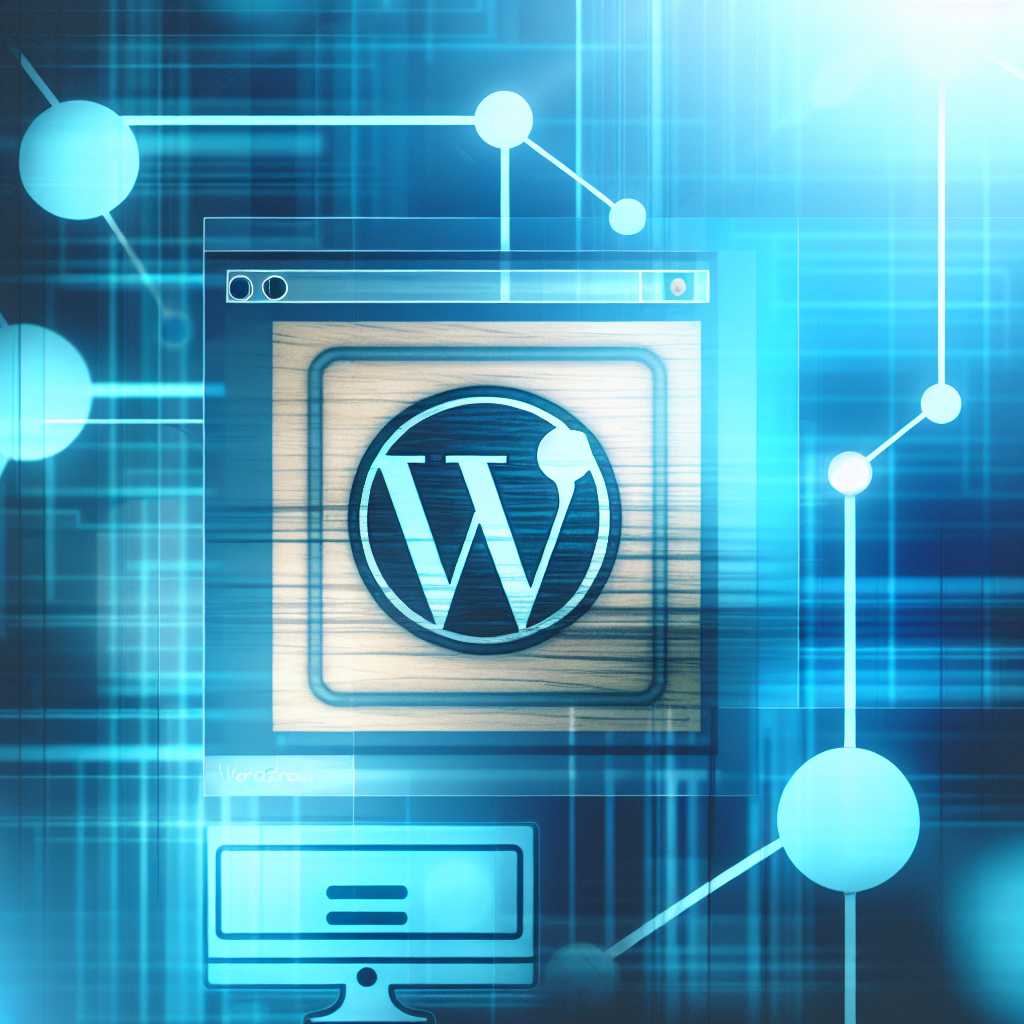In the dynamic world of WordPress development, the ability to efficiently manage multiple sites from a single dashboard is invaluable. This is where the WordPress Multisite feature comes into play. Networking WordPress sites together can bring numerous benefits, from streamlined administration to shared access to themes and plugins. In this article, we’ll delve into the steps necessary to set up a WordPress Multisite and how to effectively configure it.
What Is WordPress Multisite?
WordPress Multisite is a powerful feature that allows you to create a network of subsites within a single WordPress installation. This configuration can efficiently support various use cases such as community blogs, corporate networks, or educational platforms. Each site in the network can have its own unique theme and plugins, or share them across the network.
Setting Up Your Multisite
-
Preparing Your WordPress Installation:
- Begin by ensuring your WordPress installation is ready for Multisite. This involves editing your
wp-config.phpfile to enable Multisite installation./* Multisite */ define( 'WP_ALLOW_MULTISITE', true );
- Begin by ensuring your WordPress installation is ready for Multisite. This involves editing your
-
Installing the Network:
- Access your WordPress dashboard, and under Tools, select Network Setup.
- Choose between subdomains (
site1.yourdomain.com) and subdirectories (yourdomain.com/site1) for your multisite URLs. - Complete the installation by following the instructions provided, which involve further edits to your
wp-config.phpand.htaccessfiles.
-
Configuring Your Sites:
- Once the network is active, configuring individual sites is simple.
- Navigate to “My Sites” -> “Network Admin” -> “Sites” to add new subsites.
- Assign themes and plugins as necessary. As a network admin, you can activate certain plugins and themes across sites, or allow individual site admins to manage their own.
Managing Your Multisite Network
-
User and Role Management:
- Administrate users effectively with roles that define specific access across the network or per individual site.
-
Plugin and Theme Management:
- Centralize plugin and theme management to reduce redundancy and ensure compatibility across all network sites.
-
Performance and Security Considerations:
- Optimize server resources with caching and CDN to handle increased demands.
- Implement comprehensive security measures to protect your network from vulnerabilities.
Benefits of Using Multisite
-
Centralized Administration:
- Save time by managing updates, themes, and plugins from one central location.
-
Cost-effectiveness:
- Reduce hosting costs by running multiple sites from a single WordPress installation.
-
Scalability:
- Easily add new sites as your network grows, without the need for separate WordPress installations.
Conclusion
Mastering WordPress Multisite opens a myriad of opportunities for businesses, educational institutions, and communities. Whether you’re looking to create a cohesive network of blogs, a multi-brand digital presence, or an expansive educational platform, Multisite provides the tools you need to manage everything in an efficient, cohesive manner. With this guide, you’re well on your way to leveraging the full potential of WordPress Multisite for your next project.


Leave a Reply